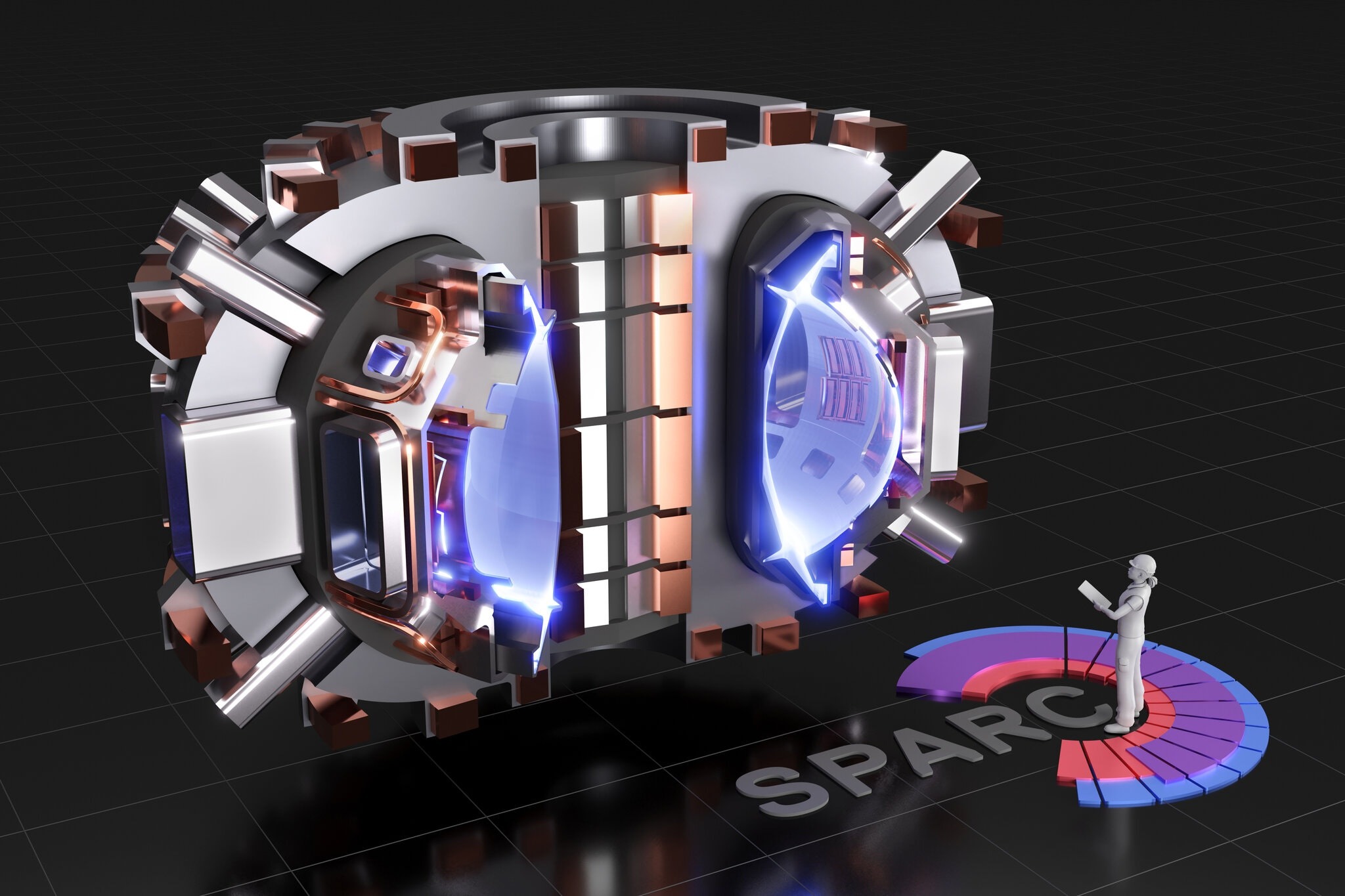France’s WEST tokamak reactor just held fusion plasma steady for 22 minutes and 17 seconds at temperatures three times hotter than the sun’s core. Your smartphone battery worries might finally have an expiration date.
The Numbers That Actually Matter
This isn’t just another lab experiment gathering dust in scientific journals. The WEST tokamak sustained plasma at 50 million degrees Celsius for 1,337 seconds—beating China’s previous record by 25%. That’s like your phone maintaining peak performance while hotter than a star’s surface. This breakthrough pushes the boundaries of what’s possible in energy science and earns a place among today’s most futuristic tech feats.
Multiple countries are racing toward this energy Holy Grail. France leads with the WEST and the massive ITER project, while China’s EAST reactor and Germany’s Wendelstein 7-X stellarator push their boundaries. Private companies like Commonwealth Fusion Systems aren’t just watching from the sidelines—they’re targeting commercial operations by 2031.
Your Gadget-Powered Future
Think about your current energy relationship. You check your phone’s battery religiously, plan routes around EV charging stations, and cringe at rising electricity bills from smart home overload. But breakthroughs in fusion energy promise to flip that script. Abundant, clean power could fuel your entire digital life—guilt-free and worry-free—making it one of the most practical tech shifts shaping our future.
This transformation goes beyond personal devices. Cloud computing—which powers everything from your Netflix stream to your voice assistant—currently devours massive amounts of energy. Fusion-powered data centers could eliminate the environmental cost of our digital addiction while potentially reducing subscription prices. Your home automation dreams suddenly become economically viable when electricity costs plummet.
Reality Check: The Long Game
Before you start planning your fusion-powered mansion, remember that commercial fusion operates on geological timescales, not iPhone release cycles. The early 2030s represent the optimistic timeline for first-generation plants, and widespread adoption will take decades longer. Technical challenges remain brutal—materials must withstand neutron bombardment that would make a Marvel superhero nervous, and plasma control requires precision that makes rocket science look straightforward.
Dr. Anne-Isabelle Etienvre from the French Atomic Energy Commission promises “experiments will continue with increased power,” but transforming laboratory breakthroughs into your local power grid requires overcoming economics, regulation, and physics simultaneously. The fusion industry could reach $40-80 billion by 2035, yet consumer impact remains firmly in the “revolutionary potential” category rather than “available next year.”
Fusion energy represents the ultimate tech promise: solving climate change while enabling unlimited digital expansion. Your great-grandchildren might never worry about charging their neural implants, but your current phone will still need that nightly plug-in dance for years to come.




























